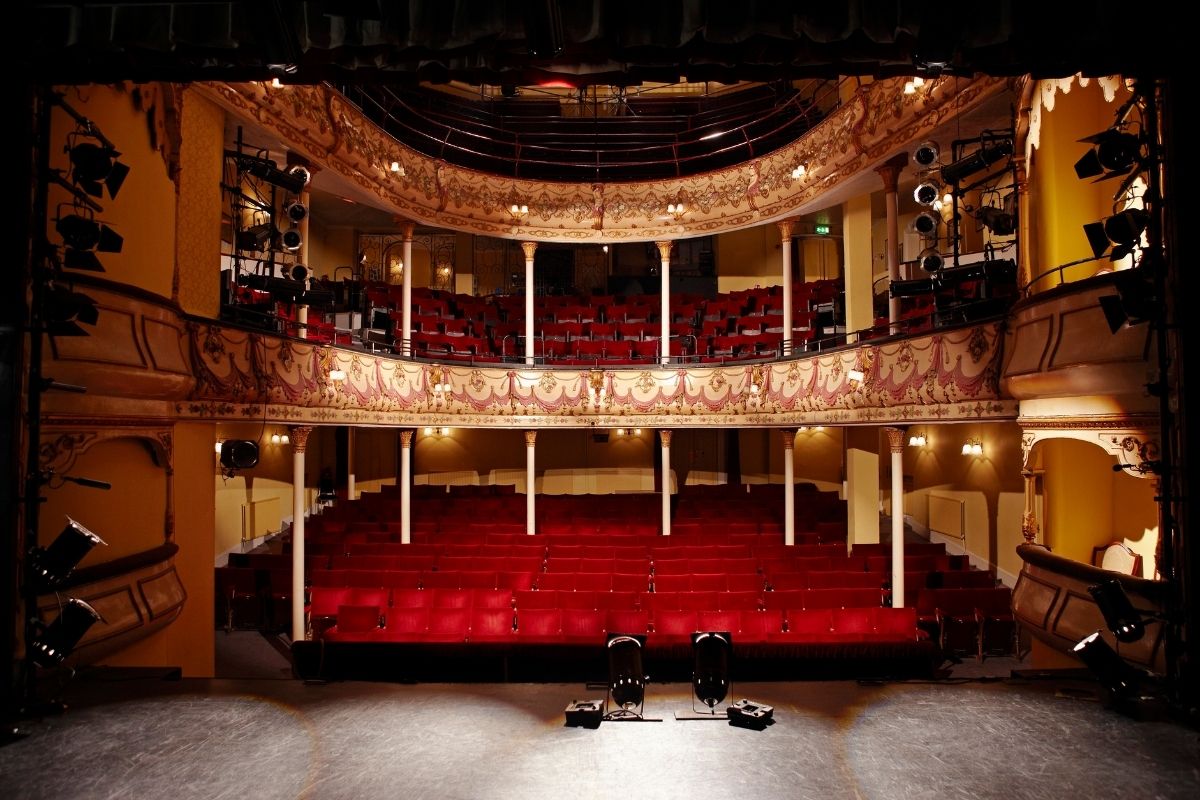A Unified Performing Arts Experience by Elizabeth Bradley

A tremendous collaborative bond between design team members is essential for a successful production. The team can consist of a designer to do the mise en scene, scenic surround and setting; a sound designer, since soundscapes are becoming ever more important; a costume designer; a lighting designer and a projection designer. These are all people who can conceptualize where the writer and the director want to go and the kind of imagery and atmosphere that are necessary.
In some kinds of creative processes, the director may meet for many weeks with the design team before they ever meet a company of actors, and all that work may be done beforehand and just presented to the actors on the first day. With other kinds of processes, the designers are in the room from the very beginning and assisting while the piece is being invented and coming together. The later scenario is often called “devised theater,” which is a form of collective creation in experimental theater.
Traits of a Unified Design Team
We must think about the quality of the design team: Is the design team complementary to the actors who go out there on stage with the weight of the storytelling mostly on their shoulders? Are they happy to be working together? Are they all committed to the work in the same way and for the same reasons? Is there both a selflessness and an assertiveness about what they’re bringing to the process?
These questions help us to determine if we will see, as every day this magical alchemy knits together in the rehearsal room, the sum of the parts becoming something actually transcendent for an audience.
Unfortunately, you can have what I call “dream teams” that go nowhere. You can have the best producers and the most in-demand director. You can have justifiably venerated senior members of the acting profession. You can have the hottest new talent making their debut. You can put it all together, and you just come up with complete goop, because there are no guarantees. Yet, if you have a unified quality design team framework in mind, the likelihood that something will knit together is probably greater than not.
Performing Arts Education
Your online performing arts education provides you with knowledge and tools that can someday help you to form and manage or be a part of a unified design team. It can also help you to recognize early warning signs of trouble when members of a team aren’t meshing well with each other, actors or anyone else involved in a production.
